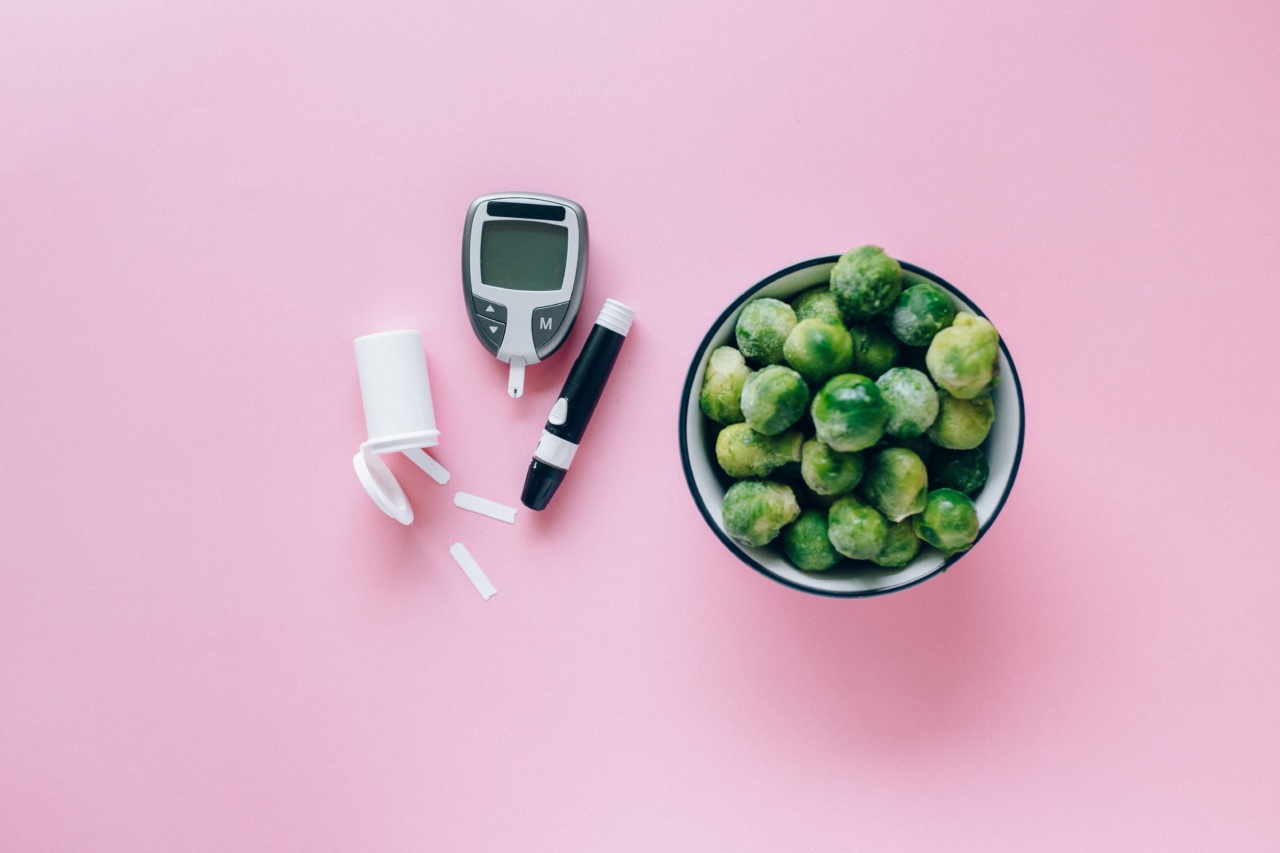Diabetes has become a prevalent health issue globally, affecting millions of people. It is a chronic disease characterized by high blood sugar levels resulting from insulin resistance or inadequate insulin production.
While genetic factors play a significant role in diabetes, lifestyle choices, including diet, can also have a profound impact. Numerous studies have demonstrated that incorporating vegetables into your diet may substantially lower the risk of developing diabetes, making them an essential component of a healthy eating plan.
The Relationship Between Vegetables and Diabetes
Vegetables are a rich source of essential nutrients, including vitamins, minerals, and fiber. They are low in calories, high in antioxidants, and offer numerous health benefits.
Research consistently suggests that including a variety of vegetables in your meals can have a positive impact on your overall health, including a reduced risk of developing diabetes.
One of the primary ways vegetables help in lowering the risk of diabetes is through their impact on weight management. Being overweight or obese significantly increases the chances of developing diabetes.
Vegetables are low in calories and high in fiber, which can contribute to weight loss and weight control. Their high fiber content aids in digestion, promotes feelings of fullness, and helps regulate blood sugar levels, which is particularly beneficial for individuals with diabetes or those at risk of developing it.
The Impact of Fiber on Diabetes Risk
Fiber plays a crucial role in maintaining healthy blood sugar levels. Several types of fiber exist, including soluble and insoluble fiber, both of which are found in various vegetables.
Soluble fiber dissolves in water and forms a gel-like substance in the digestive tract. This gel slows down the digestion and absorption of carbohydrates, preventing blood sugar spikes after meals. Insoluble fiber, on the other hand, adds bulk to the stool, promoting regular bowel movements and preventing constipation.
Studies have consistently shown that a high-fiber diet is associated with a lower risk of type 2 diabetes.
The European Prospective Investigation into Cancer and Nutrition (EPIC) study, involving over 350,000 participants, found that individuals with the highest intake of fiber had a 27% lower risk of developing diabetes compared to those with the lowest intake. Vegetables such as broccoli, Brussels sprouts, carrots, and leafy greens are rich in both soluble and insoluble fiber, making them excellent choices for individuals concerned about their diabetes risk.
Antioxidants in Vegetables
Vegetables are also abundant in antioxidants, which play a vital role in preventing cellular damage caused by free radicals. Free radicals are unstable molecules that can damage cells and contribute to various chronic diseases, including diabetes.
One of the key antioxidants found in vegetables is vitamin C. Several studies have shown a correlation between vitamin C intake and a lower risk of diabetes.
Vitamin C helps prevent the oxidation of cells and enhances insulin sensitivity, potentially reducing the risk of developing diabetes. Citrus fruits, bell peppers, tomatoes, and leafy greens are all excellent sources of vitamin C.
In addition to vitamin C, vegetables provide several other antioxidants such as beta-carotene, lutein, and zeaxanthin. These compounds protect against oxidative stress and inflammation, which are risk factors for diabetes.
Including a variety of colored vegetables, such as sweet potatoes, spinach, and red peppers, ensures a diverse range of antioxidants and maximum health benefits.
The Role of Phytochemicals
Phytochemicals are a group of natural chemical compounds found in plants, including vegetables. They are responsible for the vibrant colors, tastes, and smells of different vegetables.
Phytochemicals have been extensively studied for their potential health benefits, including their role in preventing chronic diseases like diabetes.
One particular group of phytochemicals, known as flavonoids, has been linked to a lower risk of diabetes. Flavonoids are potent antioxidants that help reduce inflammation and oxidative stress.
Research suggests that consuming foods rich in flavonoids, such as onions, berries, and broccoli, can decrease the risk of developing diabetes. Additionally, cruciferous vegetables like cauliflower and cabbage contain a compound called sulforaphane, which has shown promising results in improving blood sugar control and reducing the risk of diabetes.
Proper Vegetable Preparation Methods
While vegetables provide numerous health benefits, it is essential to consider the preparation methods to preserve their nutritional value. Overcooking or boiling vegetables for extended periods can lead to a significant loss of nutrients.
Instead, steaming, stir-frying, or consuming vegetables raw, when appropriate, can help retain their nutritional integrity.
Additionally, it is crucial to limit the use of unhealthy ingredients when preparing vegetables. Avoid adding excessive amounts of oil, butter, or high-calorie dressings, as they can negate the potential health benefits.
Instead, focus on using spices, herbs, and modest amounts of healthy fats, such as olive oil or avocado, to enhance the taste without compromising nutritional value.
Serving Suggestions and Incorporating More Vegetables
Increasing vegetable consumption does not have to be a daunting task. Small changes and simple strategies can make a significant difference in your overall vegetable intake.
Here are a few suggestions to help you incorporate more vegetables into your daily diet:.
- Start your day with a vegetable omelet or add vegetables to your breakfast smoothie
- Add vegetables, such as spinach or peppers, to your sandwiches or wraps
- Include a side salad or a generous portion of steamed vegetables with your lunch and dinner
- Use cauliflower or zucchini instead of traditional grains or noodles in your favorite recipes
- Experiment with new vegetable recipes and explore different cooking techniques
Remember, variety is key. Aim to include different types and colors of vegetables in your meals to benefit from a wide range of nutrients and antioxidants.
Conclusion
The evidence linking vegetable nutrition to a lower risk of diabetes is compelling.
Incorporating a variety of vegetables into your diet can provide a multitude of health benefits, including weight management, improved blood sugar control, and reduced inflammation. The fiber, antioxidants, and phytochemicals found in vegetables contribute to these positive effects, making them an essential component of a balanced and health-conscious eating plan.
By adopting simple strategies to increase vegetable consumption and making smart choices when it comes to preparation methods, you can take proactive steps towards reducing your risk of diabetes and promoting optimal overall health.






















